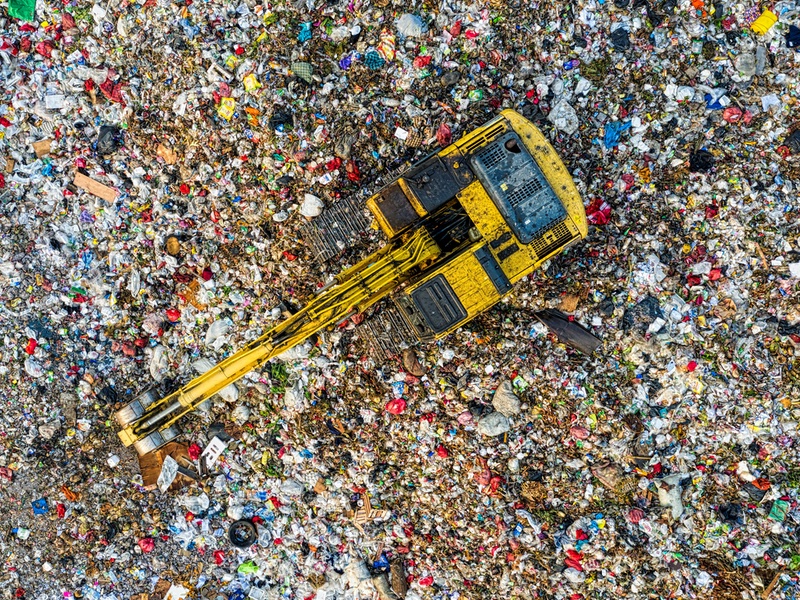There is an elephant sitting in the beauty industry’s metaphorical meeting room that no one is addressing – and it can no longer be ignored.
No, it is not packaging waste, the need for greater diversity or to source ingredients more sustainably, but the ongoing struggle of beauty product waste and how it is dealt with.
Although waste, in essence, is built into every beauty company’s business model, there are the ongoing challenges of what to do with unsold inventory, soon-to-expire or discontinued product lines, batches damaged in transit and formulations that have gone wrong, all of which could potentially get sent to landfill.
But why is no one talking about the problem publicly? “Waste is not a very sexy thing to talk about, it is much nicer to talk about something you can easily improve instead like packaging,” says Marie Drago, founder and CCO at microbiome skin care brand Gallinée.
“But, in my opinion, the waste of beauty products that we never see in the consumer world must be as big as the industry’s packaging problem.”
We have trained the consumer to expect and look for innovation because we keep on churning out new things
– Joy Chen, founder and CEO of Pure Culture Beauty
A quick internet search brings up a slew of articles explaining how the cosmetics industry produces 120 billion units of packaging every year, but there is no information readily available which benchmarks how the sector’s product waste compares.
“It is because the waste never gets quantified by companies, and there is no measurement as to how the industry can actually quantify the waste behind the scenes because it varies from each business operation,” explains Liah Yoo, CEO at sustainable skin care brand KraveBeauty.
“Plus, companies do not like talking about the product waste that they either throw away or sell to discount retailers, so there really is not enough visibility on the issue.”

What happens to unsold inventory, soon-to-expire products and discontinued lines?
How big is the problem really?
Although we cannot pinpoint the exact numbers, looking at other sectors that are dealing with product waste can give a good indication of what the scope of the problem could be.
It is estimated that almost 3 million tonnes of edible food – valued at £1.8bn – goes to waste on UK farms each year, found a report by WWF, while the US discards nearly 40 million tonnes yearly, according to the Environmental Protection Agency.

